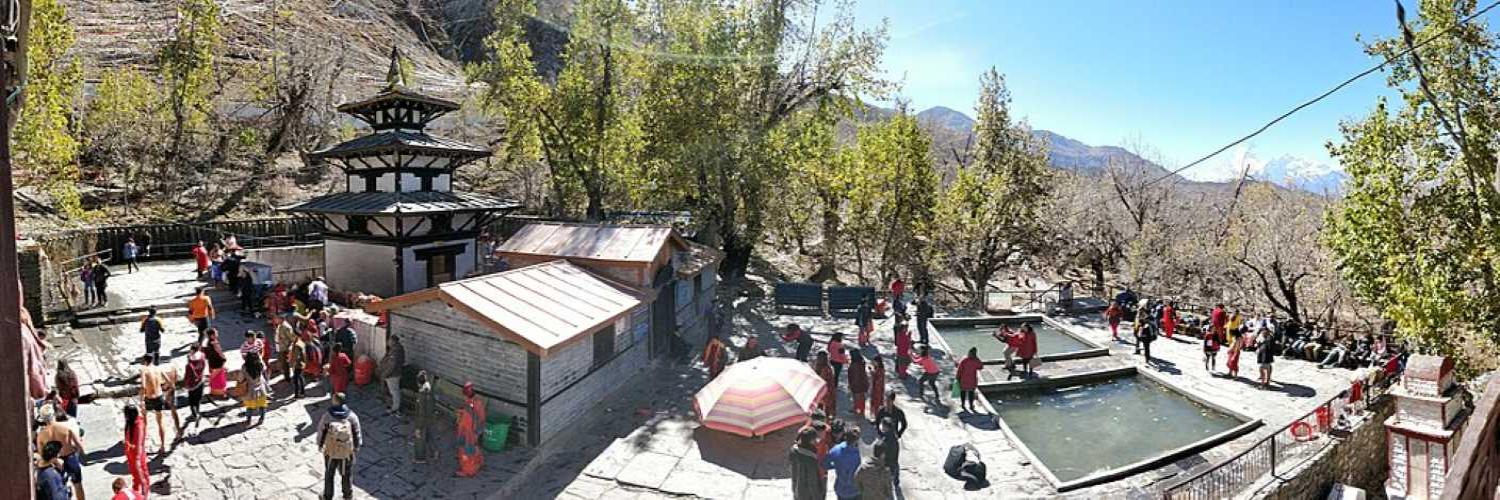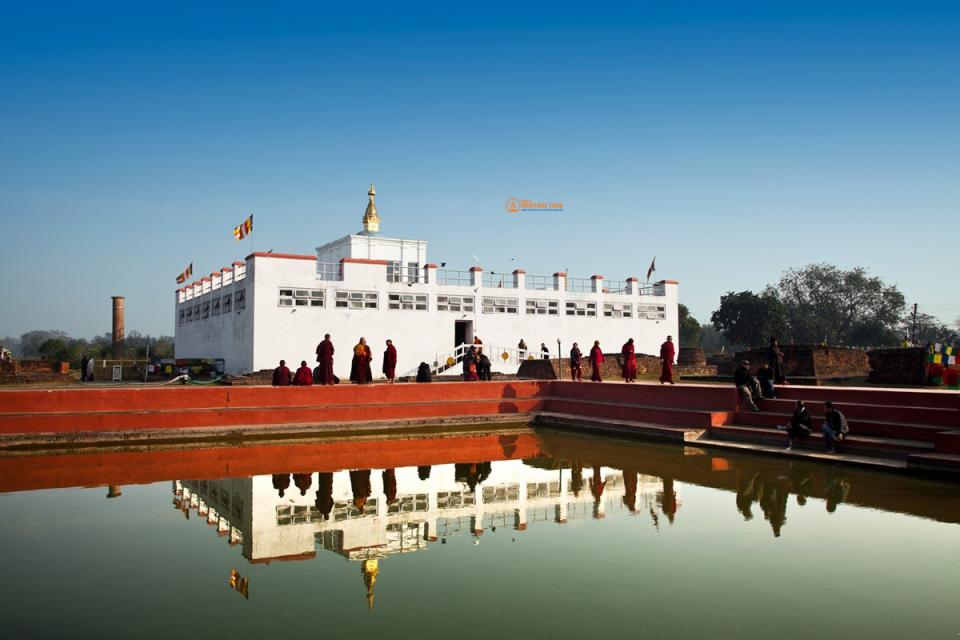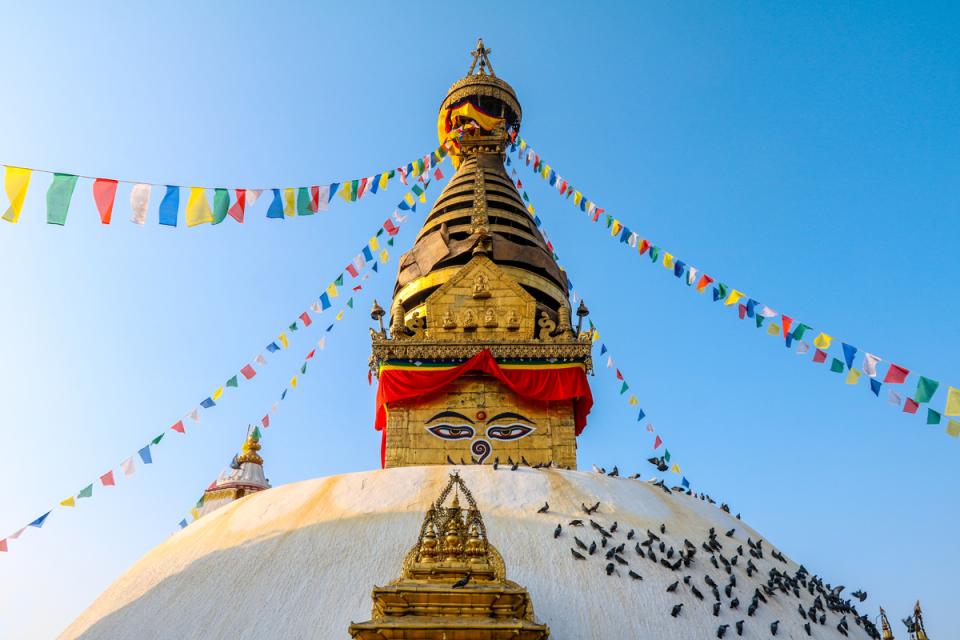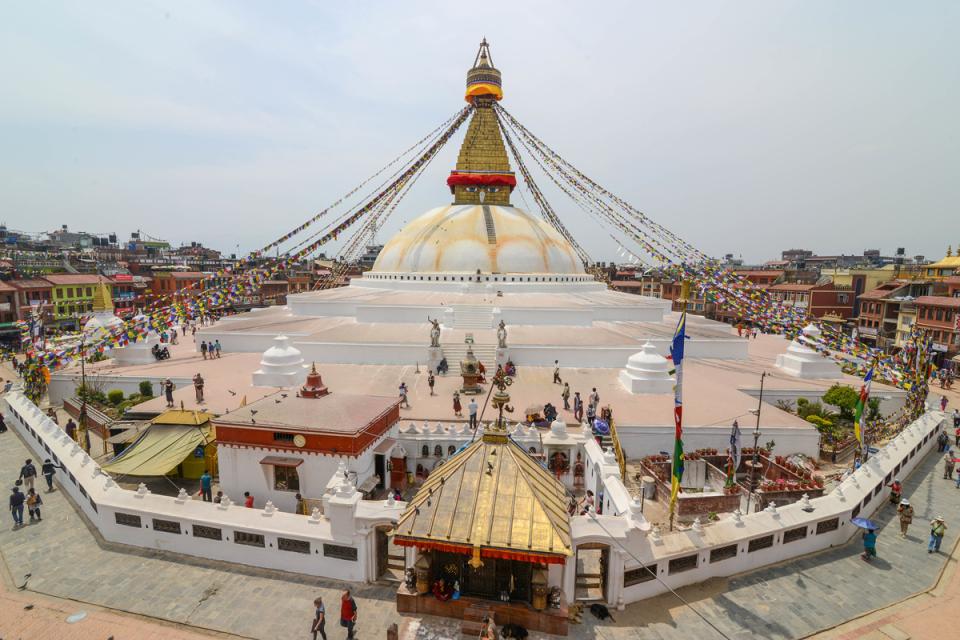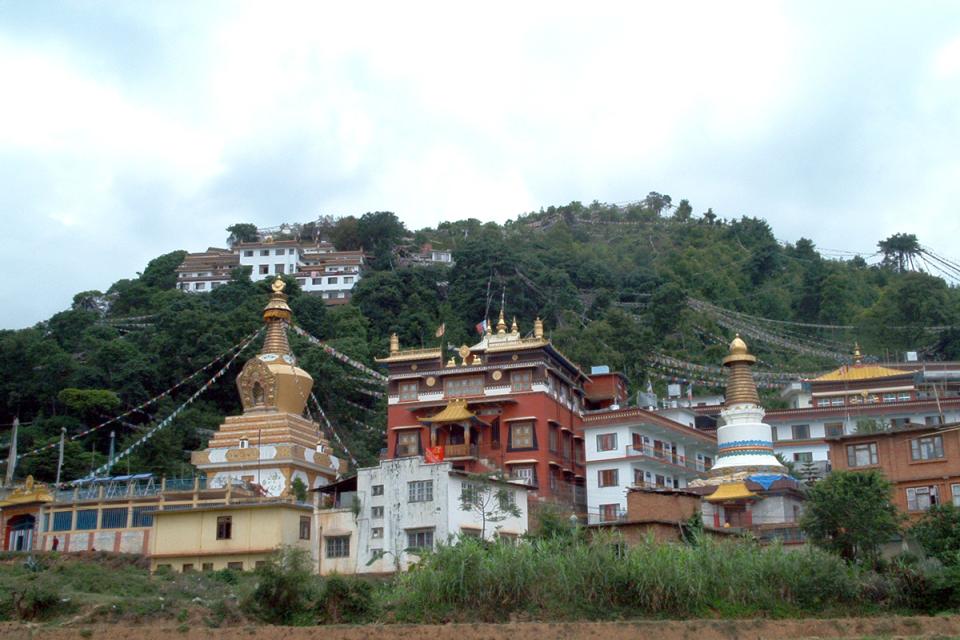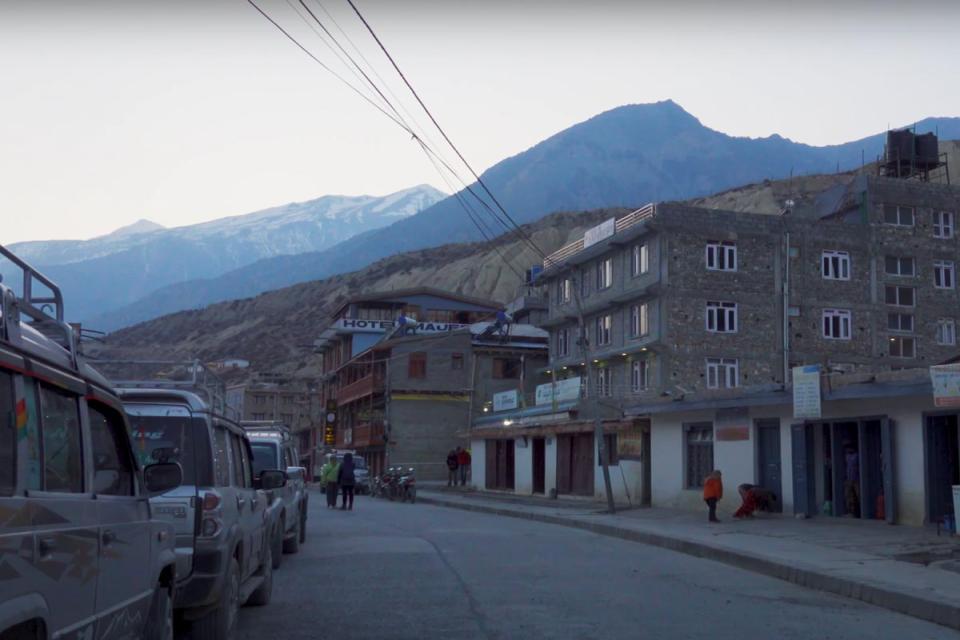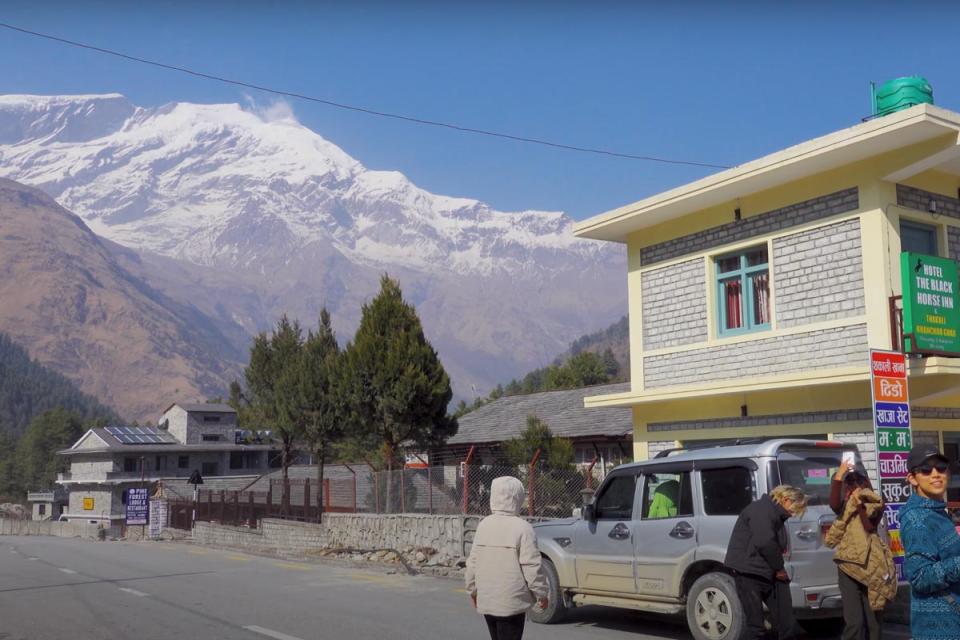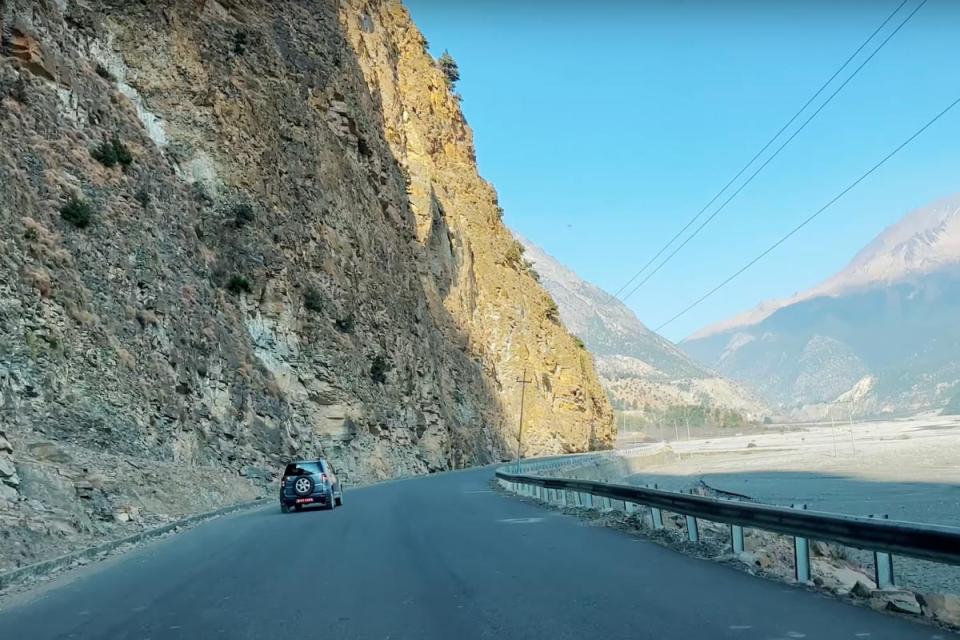Nepal, a land nestled high in the lap of the Himalayas, is much more than a stunning destination for trekkers and nature lovers. It is a profound spiritual haven, steeped in ancient traditions and religious fervor that have endured for centuries. The sacred sites of Nepal are not just places of worship; they are gateways to understanding the country's soul, culture, and history. From the iconic Pashupatinath Temple in Kathmandu, revered by millions of Hindus worldwide, to the mystical Muktinath Temple in Mustang, a revered spot for both Hindus and Buddhists, Nepal offers a unique pilgrimage experience unlike anywhere else.
In this guide, we will explore some of Nepal’s most sacred sites, highlighting their spiritual significance, historical background, and what travelers can expect when visiting these revered destinations. Whether you are a pilgrim seeking blessings or a curious traveler fascinated by religious culture, Nepal’s sacred places offer an unforgettable journey.
Pashupatinath Temple: The Heart of Hindu Spirituality
Arguably Nepal's most famous sacred site, the Pashupatinath Temple stands majestically on the banks of the Bagmati River in Kathmandu. Dedicated to Lord Shiva, one of Hinduism's principal deities, this temple complex is a UNESCO World Heritage site and the spiritual heart of Nepalese Hindu culture.
-
History and Architecture: Dating back over 500 years, Pashupatinath’s pagoda-style architecture, intricate wood carvings, and shimmering gold-plated roofs make it a visual marvel. The temple’s name itself means “Lord of Animals,” reflecting Shiva’s role as protector of all living beings.
-
Rituals and Festivals: The temple is especially vibrant during Maha Shivaratri, a festival celebrating Lord Shiva. Thousands of pilgrims, both from Nepal and neighboring India, gather here to perform rituals, prayers, and take holy dips in the Bagmati River, believed to purify sins. The daily cremation ghats on the riverbank add to the solemn yet spiritual ambiance.
-
Visiting Tips: Pashupatinath is a working temple, so visitors should dress modestly and respect local customs. Non-Hindus may not be allowed inside the main temple but can explore the extensive complex and observe rituals from outside.
Boudhanath Stupa: Icon of Tibetan Buddhism in Nepal
Located just a few kilometers from Kathmandu, the Boudhanath Stupa is one of the largest spherical stupas in the world and a vital center for Tibetan Buddhism.
-
Religious Importance and Symbolism: Built to honor the Buddha’s teachings, the stupa's massive white dome and gilded spire topped with the “all-seeing eyes of Buddha” symbolize enlightenment and peace. Pilgrims perform clockwise circumambulations while spinning prayer wheels, creating a powerful atmosphere of devotion.
-
Monastery Culture and Daily Rituals: Surrounding the stupa are dozens of Tibetan monasteries where monks chant prayers, and local devotees gather to meditate. The area is lively with prayer flags, incense, and the hum of mantras, especially during festivals like Losar, the Tibetan New Year.
-
Visitor Guidance: Boudhanath is open to all and offers a peaceful environment for spiritual reflection. Respectful behavior and quietness are appreciated, and photography is generally allowed, except during some rituals.
Swayambhunath Stupa (Monkey Temple): Kathmandu’s Spiritual Landmark
Perched atop a hill overlooking Kathmandu valley, Swayambhunath, often called the Monkey Temple due to its resident monkeys, is one of Nepal’s oldest religious sites.
-
Historical Background: Dating back over 2,000 years, Swayambhunath is a revered Buddhist pilgrimage site that also holds significance for Hindus. The stupa’s iconic white dome and golden spire are adorned with the Buddha’s eyes, watching over the valley below.
-
Unique Features: Visitors climb a flight of stairs flanked by statues of mythical creatures to reach the stupa, where they can participate in traditional kora (circumambulation). The panoramic views of Kathmandu from here are breathtaking.
-
Religious Practices: Monks and pilgrims perform daily rituals, spinning prayer wheels and lighting butter lamps. The mix of Hindu and Buddhist worship creates a unique cultural tapestry.
Manakamana Temple: The Wish-Fulfilling Goddess
Nestled in the Gorkha district, the Manakamana Temple is famed as the “wish-fulfilling goddess” shrine. Dedicated to Goddess Bhagwati, an incarnation of Durga, it draws thousands of devotees annually.
-
Accessibility and Experience: The temple is accessible via a scenic cable car ride that offers stunning views of the surrounding hills and valleys, making the pilgrimage both spiritual and adventurous.
-
Legend and Significance: According to legend, the goddess grants the wishes of sincere worshippers, making Manakamana a site of deep faith and hope.
-
Pilgrimage and Rituals: Devotees come here to offer prayers, light butter lamps, and make offerings, often visiting during the Dashain festival, Nepal’s biggest Hindu celebration.
Muktinath Temple: The Gateway to Salvation
Located in the Mustang district at an elevation of 3,710 meters, Muktinath Temple is a unique sacred site revered by both Hindus and Buddhists. The word “Mukti” means liberation or salvation, signifying the temple’s spiritual importance.
-
Religious Significance: Muktinath is considered a sacred place where devotees can attain moksha (liberation from the cycle of life and death). For Hindus, it is one of the 108 Divya Desams (holy Vishnu temples), while Buddhists regard it as a site associated with Guru Rinpoche.
-
Unique Natural Elements: The temple is famed for its 108 sacred water spouts, called Muktidhara, which shower holy water continuously. Pilgrims take ritual baths under these spouts, believed to cleanse sins. Nearby, eternal flames burn amid natural gas emissions, symbolizing the union of fire and water elements.
-
Trekking and Pilgrimage: Reaching Muktinath involves trekking through the breathtaking Mustang landscape, combining spirituality with adventure tourism. The trek offers mesmerizing views of the Annapurna and Dhaulagiri ranges and glimpses of Tibetan Buddhist culture.
Other Notable Sacred Sites in Nepal
While the above sites are among the most prominent, Nepal is dotted with numerous other spiritual gems worth exploring.
-
Janaki Mandir, Janakpur: Dedicated to Goddess Sita, the Janaki Mandir is a major Hindu pilgrimage site in southern Nepal. Its impressive Mughal-style architecture and religious festivals attract thousands annually.
-
Gosaikunda Lake: Situated high in the Langtang region, Gosaikunda is a sacred alpine lake revered by both Hindus and Buddhists. It plays a key role in the Janai Purnima festival, where pilgrims take holy dips.
-
Dakshinkali Temple: Located near Kathmandu, this temple dedicated to Goddess Kali is famous for its animal sacrifices and vibrant worship practices.
-
Lumbini: The birthplace of Lord Buddha, Lumbini is a UNESCO World Heritage site and a pilgrimage destination for Buddhists worldwide, with stupas and monasteries built by different countries.
Planning Your Spiritual Journey in Nepal
-
Best Time to Visit: The ideal time to explore Nepal’s sacred sites is during the autumn (September to November) and spring (March to May) seasons when the weather is clear and pleasant. Festivals such as Maha Shivaratri, Dashain, and Tihar offer unique spiritual experiences.
-
Respect and Cultural Sensitivity: Visitors should dress modestly, avoid loud behavior, and respect local customs and rituals. Photography may be restricted in certain temples.
-
Combining Trekking and Pilgrimage: Many sacred sites like Muktinath and Gosaikunda are accessible via trekking routes, allowing visitors to combine spiritual journeys with adventure tourism.
-
Local Guides and Tours: Hiring knowledgeable local guides enhances the pilgrimage experience by providing historical context and facilitating respectful interaction with local communities.
Conclusion
Nepal’s sacred sites are a testament to the country’s rich spiritual heritage and cultural diversity. From the bustling rituals of Pashupatinath to the serene mountainside of Muktinath, these places invite visitors to connect with something larger than themselves. Whether you are on a quest for divine blessings, inner peace, or cultural discovery, the sacred sites of Nepal offer a journey that touches both heart and soul. Embark on this spiritual adventure and experience Nepal’s timeless devotion firsthand.
Ready to start your sacred journey? Let Best Heritage Tour craft your customized spiritual tour, featuring knowledgeable guides, authentic cultural immersion, and respectful travel ethics. Contact us today and take the first step toward an unforgettable pilgrimage experience in Nepal.
Contact Us Today for Bookings & Information:
- Phone/WhatsApp/Viber: +9779851149197 / +9779810043046
- Email: bestheritagetour@gmail.com / info@bestheritagetour.com
- Website: www.bestheritagetour.com
- Location: Thamel Marg, Kathmandu, Nepal
Author: Best Heritage Tour
Date: 3rd August, 2025

